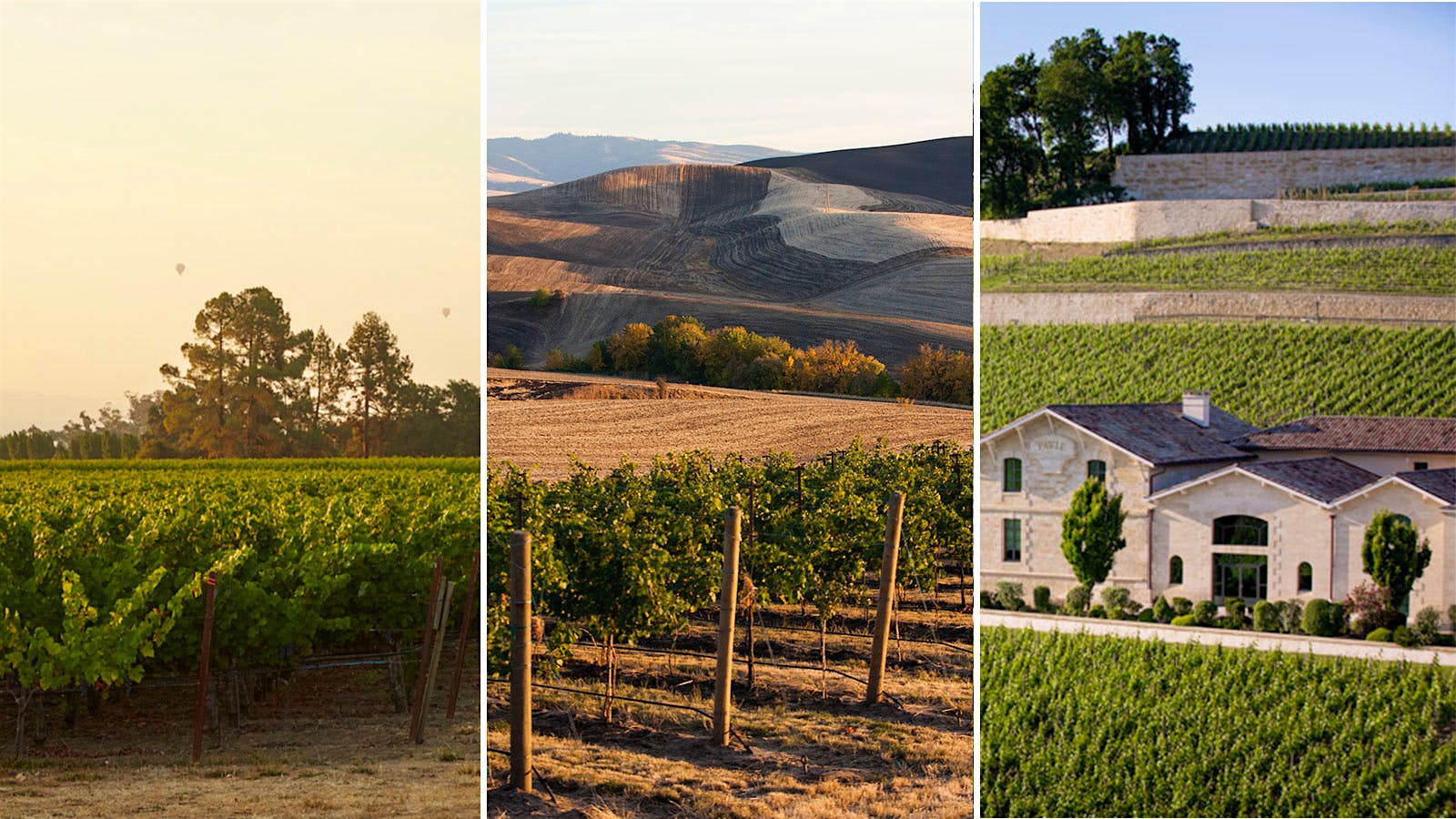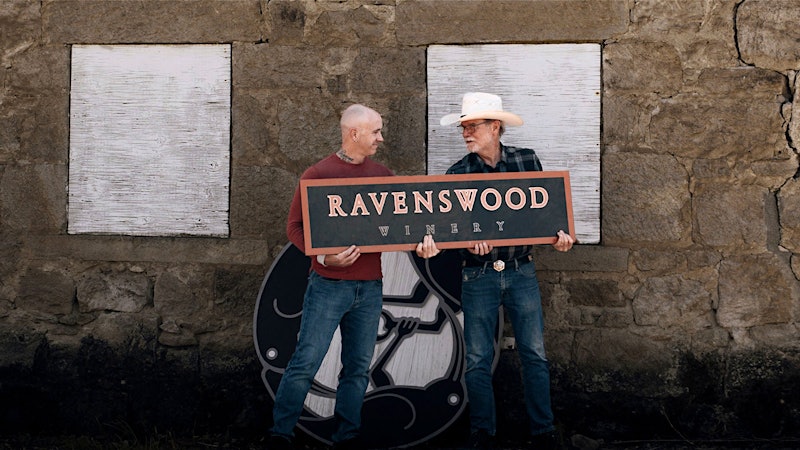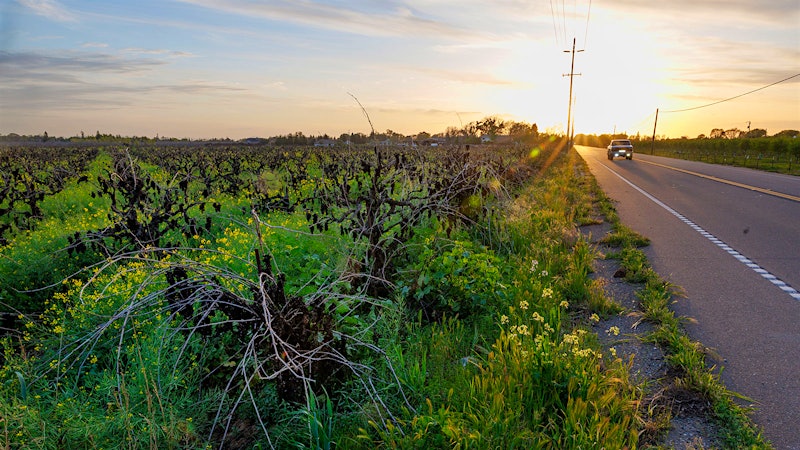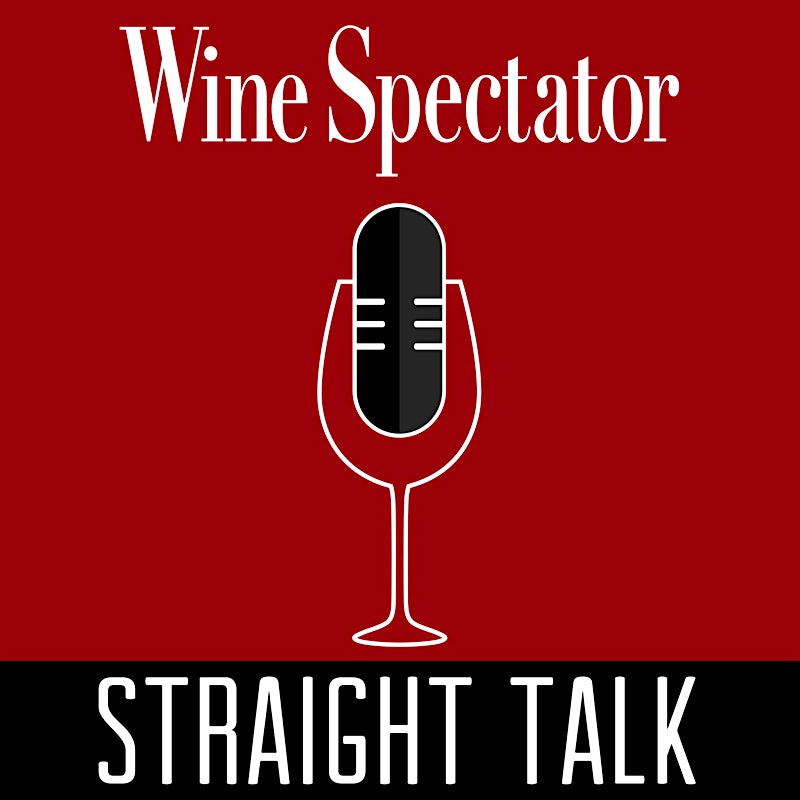The wine world seems to be living a dazed and confused moment right now. Dazed by the “the crisis” of declining wine drinking and confused about what to do about it.
Part of the problem is that even the wine world doesn’t agree on what wine is.
Some industry experts publicly proclaim at conferences that wine is a beverage like water, beer or cocktails, and the main objective should be to get the maximum number of people to consume anything made from fermented grapes. Others say wine’s perceived value is based on company branding, image, style, alcohol content, flavors or fashions that commoditize certain grape varieties at different times.
As a result, many efforts to sell wine turn to gimmicky marketing campaigns, celebrity endorsements, cool-sounding brands, trendy varieties and insisting on the “I” in “wine.”
Some wineries sell rarity and prestige to wealthy collectors as if they were selling Picassos. At the lower end of the spectrum, wineries compete on price for shelf space.
But after all is said and done, the wines worth talking about emphasize one thing.
It’s the place, stupid.
Maybe I’ve been living on the Old Continent too long, drinking too much of the terroir Kool-Aid. Europe’s vineyards are old: 2,000 years ago, the Romans were classifying grand cru sites in the Empire. But honestly, I think place is the only real starting point for talking about wine quality.
Let’s look at some of the great Old World examples of wine defined by geography: Burgundy and Bordeaux (and their famous appellations), along with Brunello di Montalcino and Barolo—just to mention some iconic terroirs starting with the letter B.
Even sparkling wines, which are sold on their image more than other wines, start with the place in defining their identity. Champagne and Prosecco are places.

Now look at the New World, which was once skeptical of Europeans’ insistence on terroir.
For aficionados, “Cabernet” is no longer as important as the places where its grown: not just Napa Valley, but St. Helena, Oakville, Howell Mountain … the list goes on.
Pinot Noir, you say? Which Pinot Noir? Burgundy Côtes de Nuits? The Sonoma Coast? Oregon’s Willamette Valley or New Zealand’s Central Otago, or … or ….
All these places make very different wines. And it helps producers, consumers and wine culture overall when we talk about wines that way. If you read Wine Spectator tasting reports, you know this. But the wine business—being a business—doesn’t always act like it does.
We’ve discussed the easy part. Now let’s tackle some more difficult questions, like how to talk about or sell wine from areas that are lesser known. I’d never heard of Oregon’s Illinois Valley until I started doing research for this column. But from what I’ve read, I can guarantee you that the wines are very different from the nearby Bear Creek Valley.
If an appellation is obscure, it’s in the interest of the appellation and its producers to tell us about their place. The road is long, and it isn’t easy, but nobody ever said wine was easy.
Now let’s look at one of my favorite spots in the world: Sicily, a huge and varied island with a large area of wine production. Aside from the very popular Etna label, the island has 30 other appellations.
On Sicily, I love Cerasuolo di Vittoria blends, and last summer I wrote about Faro as well, but does it make sense for a wine from lesser-known Monreale or Alcamo to spend money and effort to tell their stories to the world?
You bet. Meantime, while they do that, Sicilian producers can still label their wines “Sicilia,” a place almost everyone knows something about.

When we talk about a wine’s place, that must also intersect with tourism. Drinking wine with local specialties—from Pacific Northwest salmon to northern Italian tagliatelle to Basque tapas—creates unforgettable memories.
I live in Verona, an area that is known for Valpolicella (and Amarone) red wines and nearby Soave whites. The problem here, as in many big European appellations, is overproduction. Quality producers lament the mammoth cooperatives and bottlers making cheap and indifferent wines.
I hear it all the time: “How can we market our wines together when THEY [others with lower standards] are ignorant? We have to sell our family wine—basta!”
No! First sell the place, and then sell your family as an interpreter of that place and its good stuff.
It all starts with place. Consider the math: No vineyards = no wine. And I’ve travelled enough to know that no two vineyard areas are identical.
Examples of mediocre wine can be found everywhere, even in Burgundy or Brunello or in precious single vineyards. And so, of course, wine growers are needed to valorize the place.
The wine world has amazing human stories, and I love telling them here. But they all connect with place.
I know there are huge wine brands—from the value-oriented wines of Barefoot and Yellow Tail to high-end bottlings of The Prisoner—that, in different degrees, dwarf their places. And they are very successful.
And, on a smaller scale, there are markets for wine styles defined primarily by the winemaking methods, from pét-nat to no-sulfites-added “natural” to “orange” wines to low-alcohol and so on.
But the only coherent way I can see for talking about quality wine is the one that is as old as map-making itself. When we forget it, we are lost.












